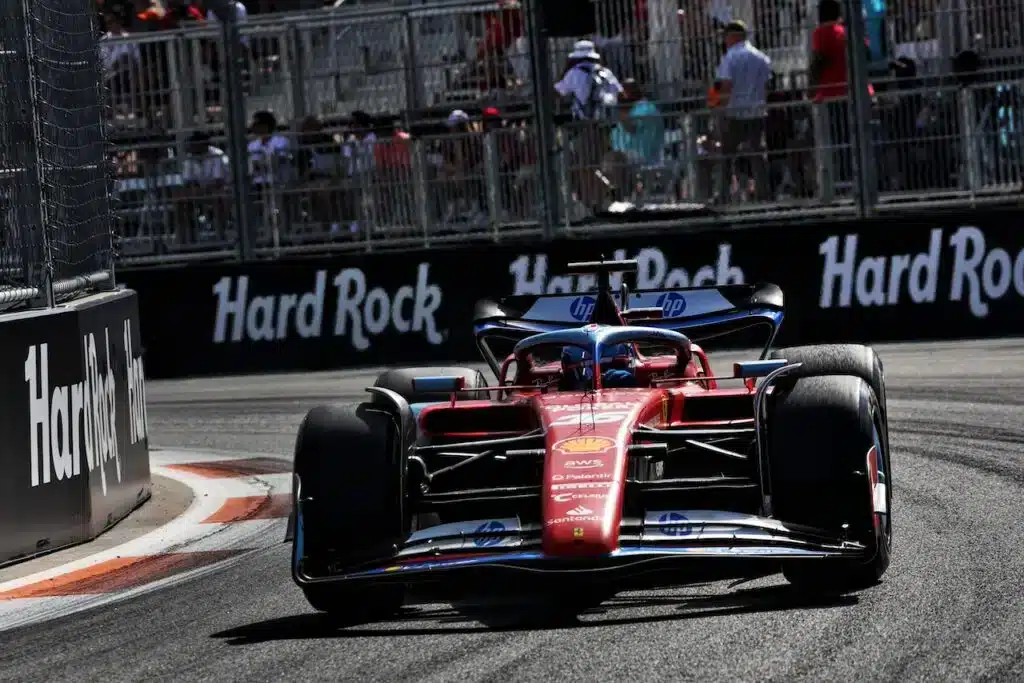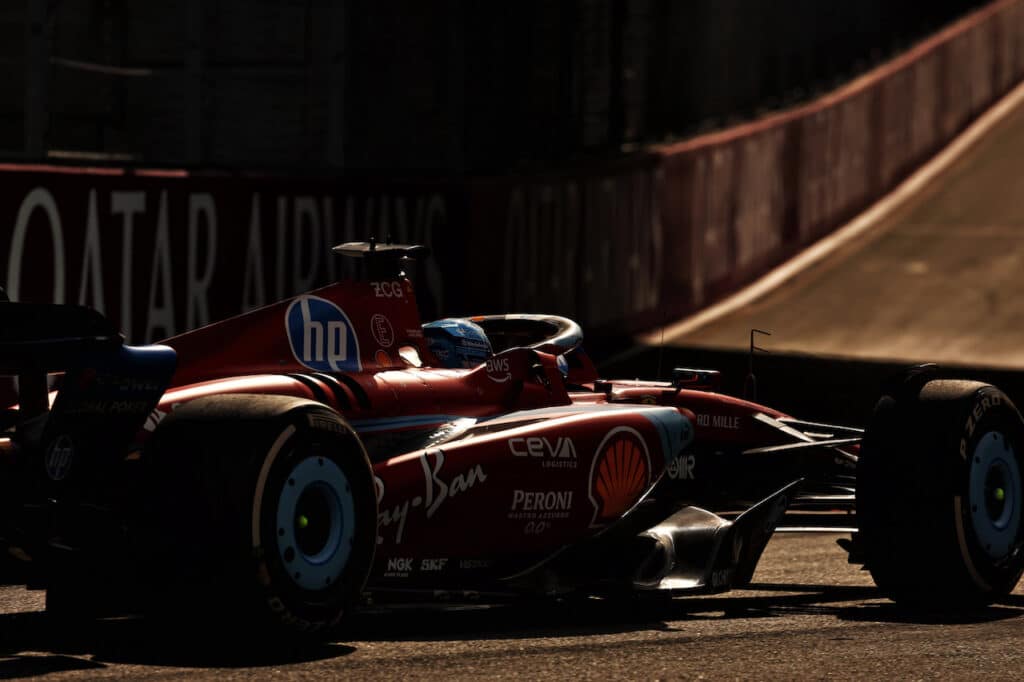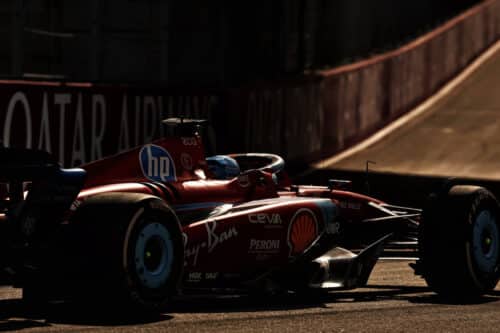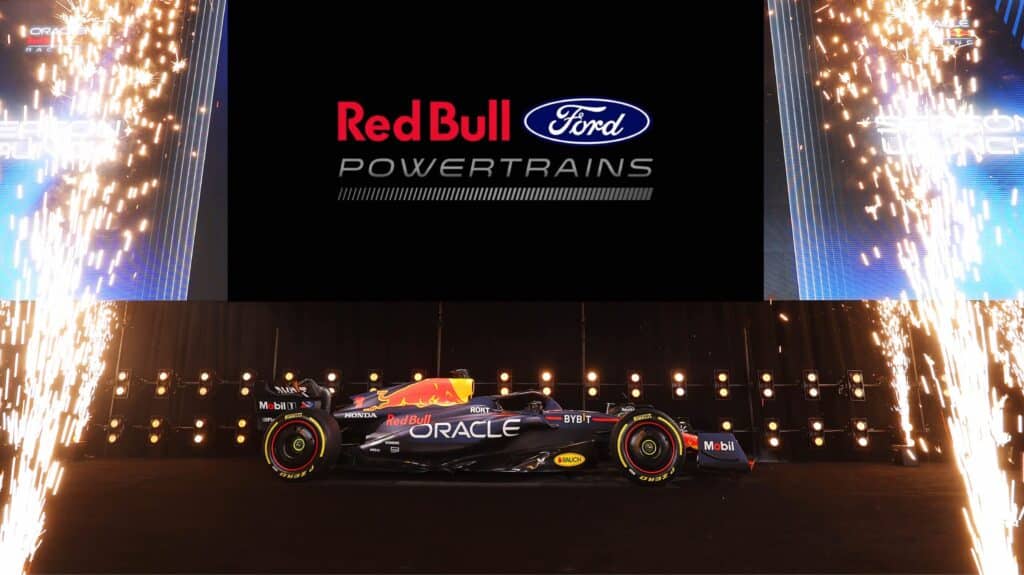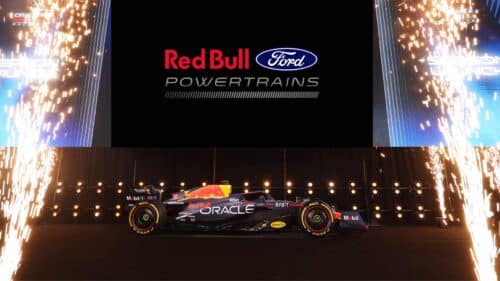The 100 most remembered GPs of all time: Monza 1970
Rindt's tragedy and Regazzoni's revelation
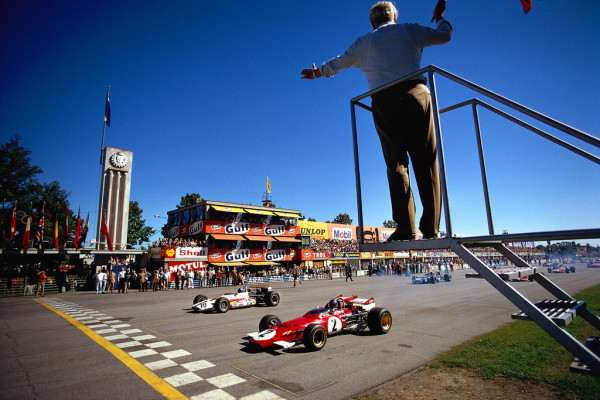
The 1970 Italian Grand Prix was a weekend divided in half between lights and shadows, that's what happened.
Saturday 5 September. During qualifying, Jochen Rindt's car, a Lotus 72, crashes into the guardrail just before the bend Parabolic, disintegrating. There were various hypotheses regarding the accident: according to some, the single-seater had a serious failure in the braking system which did not allow the driver to decelerate just before entering the corner, thus making the car ungovernable and the crash against the protections inevitable. A second hypothesis, which gradually made more and more space among the many ideas, still remaining the most accepted, claims that the causes were not one, but two: the breakage of the support shaft of the inboard brake, cleanly sheared by a structural failure of the material, caused in turn by the strong vibrations brought about by the absence of the ailerons which made the Lotus 72 unstable. They were removed to allow a greater top speed to be reached on a circuit as fast as the Monza one. Unable to brake, the car moved outside the track, ending up against the guardrail precisely where there was a pothole; the front wheel slipped into it. Acting as a pivot, it allowed the car to begin to rotate on itself after the first impact, ending up a few meters further away.
Once help arrived promptly, there was little that the doctors could do, who noted a very weak heartbeat and strong compression of the sternum caused by the breaking of the steering column and the belts which did not block the pilot as he advanced towards it. The deceleration was such that the lower limbs came out of the passenger compartment, although not causing fatal injuries, while the primary cause of death was cardiac arrest. After the first crash, this was the most certain hypothesis for the medical staff who rushed to the hospital, who tried to take him to the hospital. Niguarda of Milan, but the pilot died during transport.
As a sign of mourning, Lotus withdrew its cars from the Grand Prix the following day. However, qualifying continued with Jacky Ickx in a Ferrari taking Pole, followed by Pedro Rodriguez (BRM), a rookie Clay Regazzoni (Ferrari) and Sir Jackie Stewart (March-Cosworth).
Sunday 6 September. The 41st Italian GP gets underway under a scorching sun, with an unusual number of people who came to see the riders compete on the Brianza circuit (over 150.000). I doubt Ickx starts very strongly, trying to gain as much advantage as possible over his pursuers before the pit stop; his goal is to win to reopen the world question, where Rindt was in command, with 45 points. A caravan forms with the first five cars traveling at an impressive average of 233km/h, while John Surtees had retired shortly after the start. In the following laps Jo Siffert, Rodriguez and Jack Brabham had to say goodbye to the competition. And on the 22nd lap Ickx also had to say goodbye to his dreams of glory, whose clutch was now out of order (similar problem, shortly before, to the third Ferrari car driven by Ignazio Giunti).
In the meantime, the leading group, deprived of some of its main protagonists, continued at a continuously rising average hourly rate and with braking at Parabolic increasingly to the limit. Stewart, Hulme, Beltoise and Regazzoni continued to battle incessantly, unleashing the crowd who came to cheer them on from everywhere. On lap 57, however, something changes: the thirty-one-year-old new Ferrari signing launches a serious attack on his direct rivals, starting to gain more and more of an advantage. Not even a tight train of three was able to catch the Swiss, who arrived under the checkered flag with the average speed record over the lap and throughout the race (243 and 236 km/h respectively). Second and third place went to Stewart and Beltoise, while the public rejoiced at the victory of the prancing horse in Monza - something that hadn't happened since 1966 when Ludovico Scarfiotti triumphed - they entered the track in celebration to acclaim their new idol.
Thanks to this victory, Ferrari showed how its cars were the strongest to beat for the remaining races of the championship and how with two drivers like Ickx and the rising star Regazzoni the following seasons could also have been very profitable.
However, as mentioned at the beginning of the article, various questions arose regarding the safety of the drivers, the composition of the materials with which the cars were made, the guardrails which were supposed to ensure adequate protection, but which often turned out to be weapons of death due to their height and sharpness. We wondered whether it was not appropriate to introduce adequate equipment for pilots, with regulations that everyone had to respect: Rindt, at the moment of impact, was not using a full-face helmet, claiming that it limited the field of vision. But then it was still bar talk, it took several more years - and deaths - before serious measures began to be taken in this regard, one of the flaws of Formula One at the time.
The 100 most remembered GPs of all time:
Spanish GP 1996 – The Kaiser's premiere in red
Argentine GP 1953 – Ascari Dominates in Drama
Australian GP 2005 – Physique Against All
Monaco GP 1972 – Beltoise Under the Flood
Monaco GP 1984 – The comeback of Senna and Bellof
French GP 1979 – The Epic Duel between Villeneuve and Arnoux
Monaco GP 1988 – Senna's Inexplicable Mistake
Japanese GP 1988 – Ayrton's World Joy
Japanese GP 1989 – The Race of Discord
Japanese GP 1990 – Senna's Revenge
European GP 1993 – Ayrton's Masterpiece Under the Flood
South African GP 1977 – The Tragedy of Tom Pryce
Andrea Villa
if you want to always be updated on our news
Follow us here
